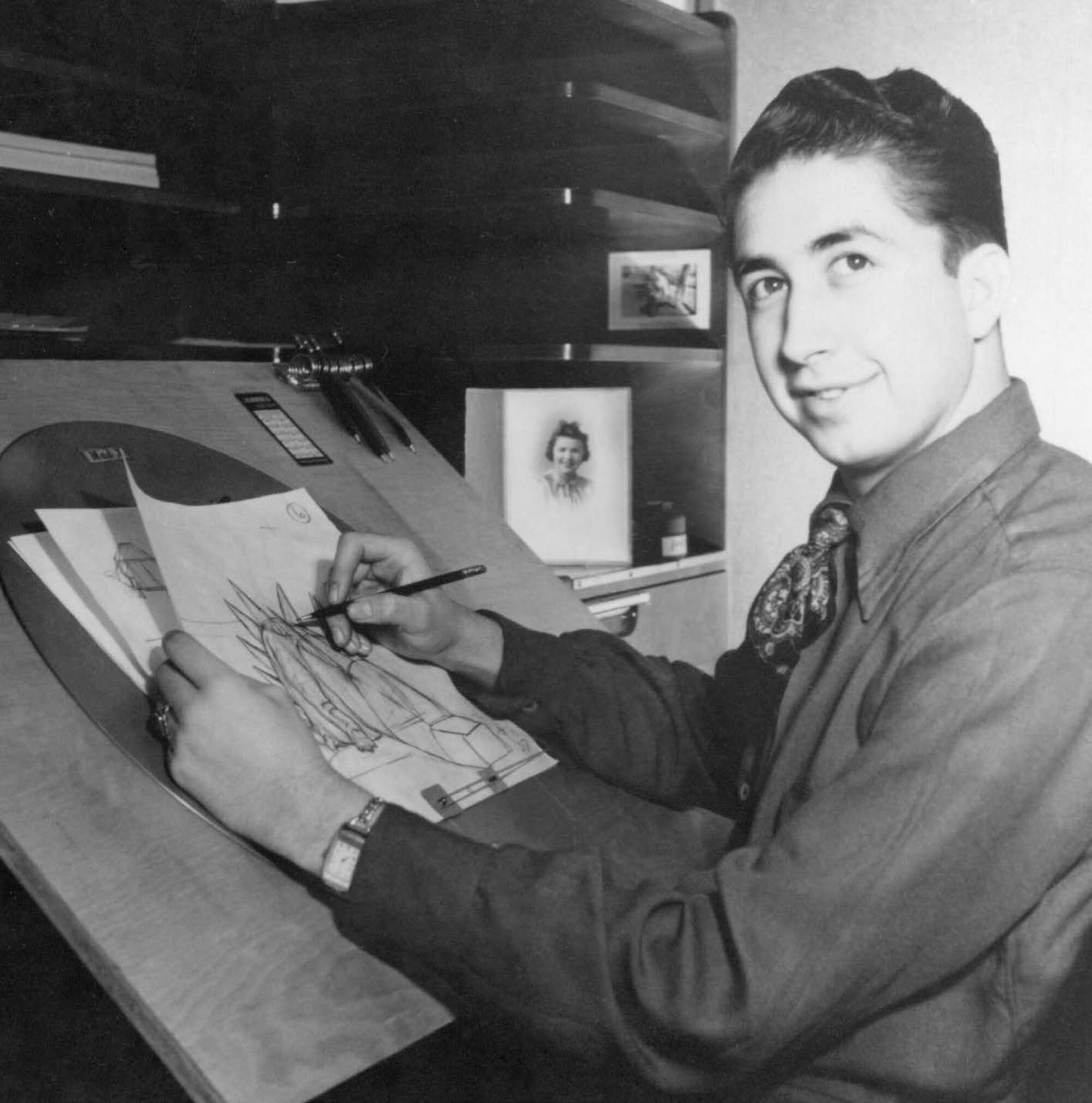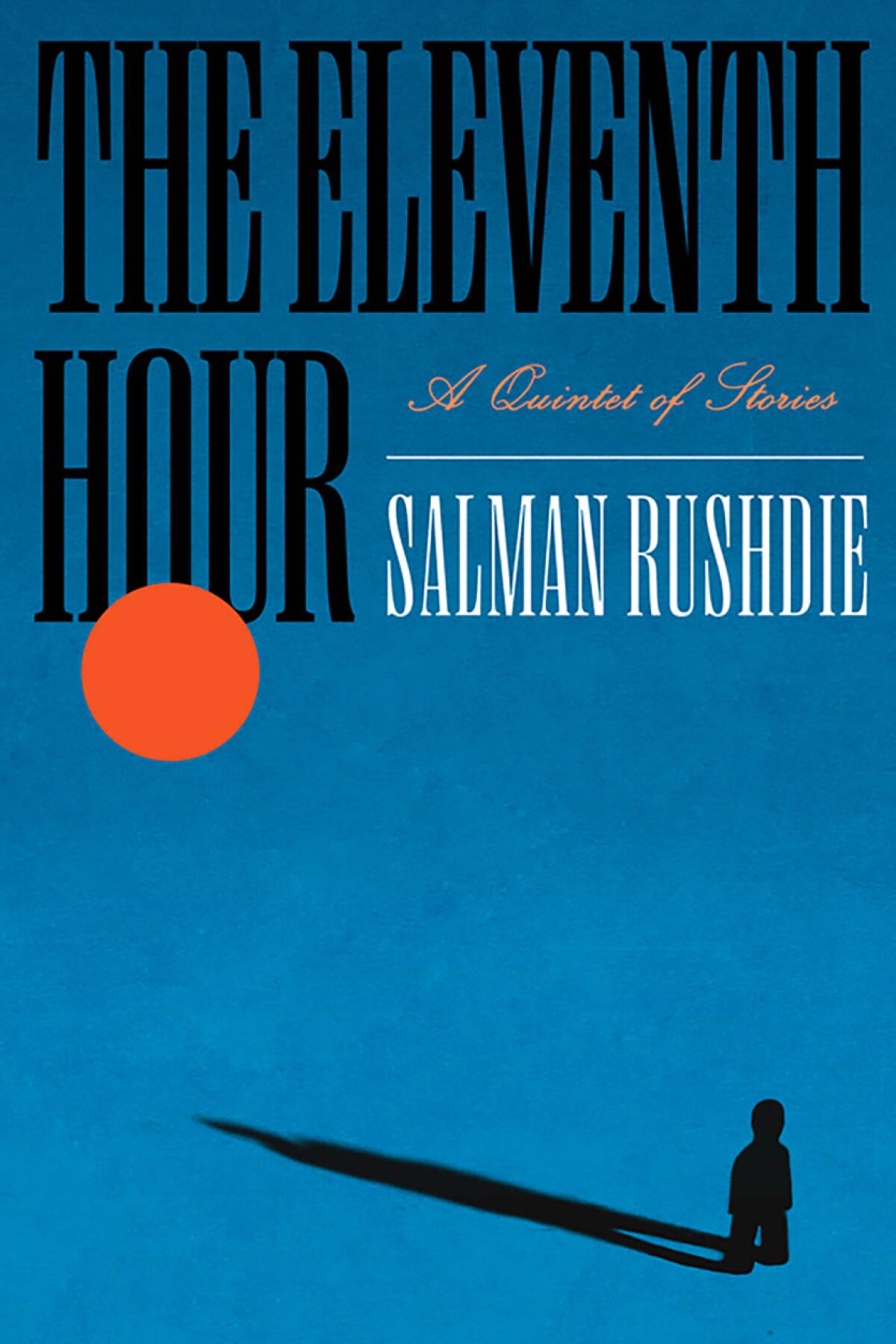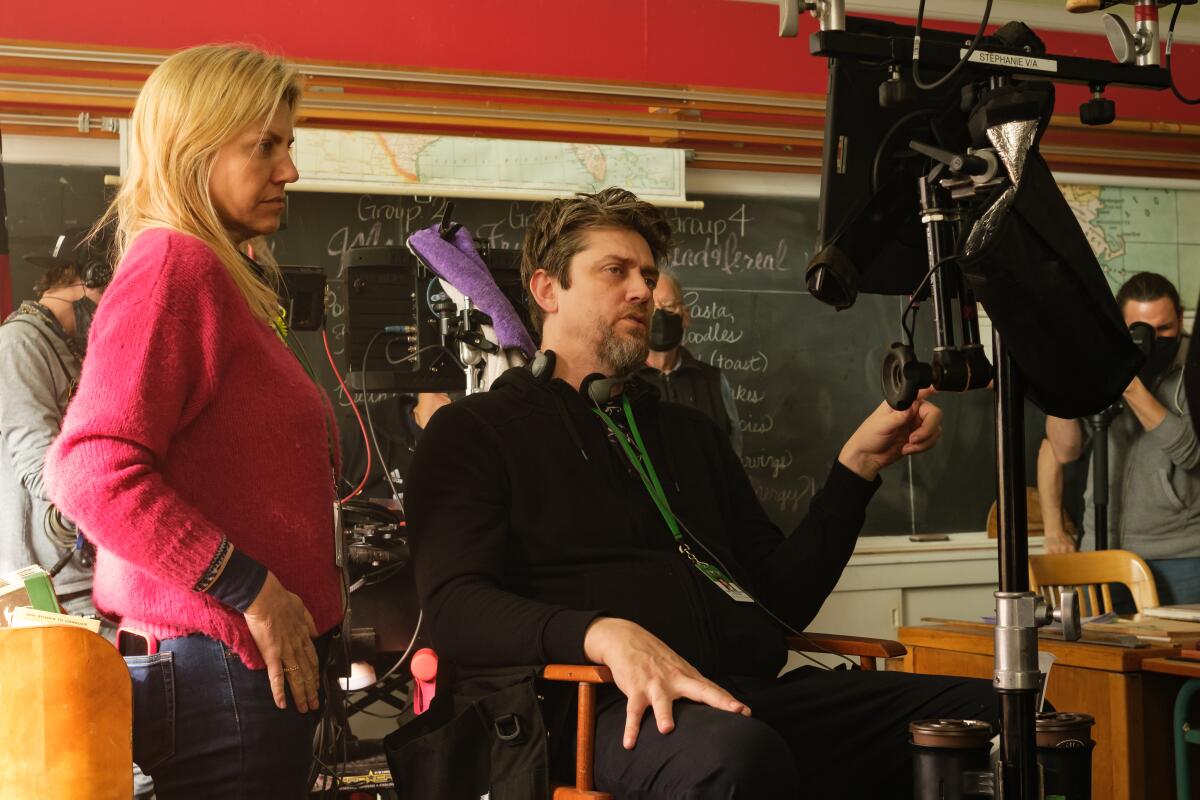Murakami plus Dodgers World Series win equals home run for fans
Fans can’t get enough of Japanese artist Takashi Murakami’s limited edition Dodgers gear, decorated with colorful, cartoon flowers featuring smiling faces in surprisingly un-jockish colors like pastel pink and butter yellow. The merch sold out in a matter of minutes at a pop-up store in March before the two-game season opening in Japan. A second collection was released in April.
Three’s a charm — as always.
On Friday at 1 p.m. a final Murakami collection will go on sale, this time commemorating the Dodgers’ historic World Series Championship. The series of T-shirts and hoodies — decorated in Murakami’s distinctive flowers, and featuring the team name in Japanese Katakana characters — is being presented by the sports and youth culture platforms Fanatics and Complex. The merch can be found on their websites as well as MLBShop online stores, the MLB app, the Dodger Stadium Team Store and the MLB Flagship Store in New York City.
I know friends who spent hours trying to obtain a single Murakami-designed Dodgers baseball cap last spring, so I expect the merch to sell fast. I’d set an alarm for 12:55 p.m. and log in exactly at 1 p.m. if I were hoping to score an item or two.
Dodgers fans are more than fans after their team won in what many are calling a “series for the ages” — they are fanatics. I should know. I wrote a story that mentioned the game, and I referred to the Dodgers being one “point” down to the Toronto Blue Jays. I awoke to an inbox full of letters from readers alerting me to the fact that a “point” in baseball is called a “run.” Some said it not so nicely.
Point taken! I mean, run. Either way, I’ve made much worse mistakes and never gotten so much as a single letter. That’s how I know Dodgers fans are not messing around. Neither is the merchandising machine surrounding the team’s epic win.
I’m arts and culture writer Jessica Gelt, shooting baskets for baseball and scoring touchdowns for a home run. Here’s your arts and culture news this week.
On our radar

Joshua Francique with Alonzo King Lines Ballet.
(RJ Muna)
Alonzo King Lines Ballet
Choreographer and California Hall of Fame inductee Alonzo King brings his San Francisco-based contemporary ballet company to Long Beach for an evening of dance immersed in the spiritually rooted, avant-garde jazz stylings of Alice Coltrane, including her seminal album “Journey in Satchidananda.” In addition to this tribute to one of America’s only jazz harpists, the company will present a fresh take on Maurice Ravel’s suite of Mother Goose fairy tales, “Ma mère l’Oye,” which was originally written as a piano duet in 1910.
— Jessica Gelt
8 p.m. Saturday. Carpenter Center is located at 6200 E. Atherton St., Long Beach. carpenterarts.org

Pacific Opera Project
Daniel-François-Esprit Auber’s funny, tuneful, gang-can’t-shoot-straight, long-out-of-fashion early 19th century comic French opera, “Fra Diavolo” is just the kind of thing on which Pacific Opera Project (POP) has made its irrepressibly wackier-than-thou reputation. While the company performs a range of operas, serious and not-so-serious, here and there (including Descanso Gardens and Forest Lawn), its heart is at the Ebell, a historic Highland Park club, where you sit at tables with wine and hors d’oeuvres, surrounded by dazzling singers, goofy costumes and sets, and the intoxicating hokum that the company’s irrepressible founder and director, Josh Shaw, comes up with.
— Mark Swed
7:30 p.m. Friday, Saturday, Wednesday and Nov. 14; 3 p.m. Sunday, Nov. 15 and 16. The Highland Park Ebell, 131 S. Ave. 57. pacificoperaproject.com

A stage version of the horror franchise “Paranormal Activity” comes to the Ahmanson.
(Pamela Raith)
Paranormal Activity
The premiere of an original story set in the world of the film franchise, the show seems determined to scare you silly. The theater has caught the horror bug — and why not? Fear knows no bounds. Written by Levi Holloway, whose “Grey House” had a brief Broadway run in 2023, and directed by Felix Barrett, whose immersive “Sleep No More” captivated New York audiences for years, the production sets out to give new meaning to the term stage fright.
— Charles McNulty
Through Dec. 7, check days and times. Ahmanson Theatre, 135 N. Grand Ave., downtown L.A. centertheatregroup.org
The week ahead: A curated calendar
FRIDAY

The new play “Border Crisis” at City Garage.
(City Garage)
Border Crisis
A new absurdist comedy by playwright Charles A. Duncombe, based on “The House on the Border” by Sławomir Mrożek as translated by Pavel Rybak-Rudzki, about a typical U.S. family that finds itself at the center of an international crisis, has its world premiere.
8 p.m. Friday and Saturday; 4 p.m. Sunday, through Dec. 13. City Garage, Bergamot Station Arts Center, 2525 Michigan Ave. T1, Santa Monica, citygarage.org
Leah Ollman
In addition to a reading and book signing, the author will discuss her new publication, “Ensnaring the Moment: On the Intersection of Poetry and Photography,” with poet Rae Armantrout.
6 p.m. Museum of Contemporary Art San Diego, 700 Prospect St., La Jolla. mcasd.org
SATURDAY

Katherine Ross, Paul Newman, seated, and Robert Redford in the 1969 movie “Butch Cassidy and the Sundance Kid.”
(20th Century Fox)
Butch Cassidy and the Sundance Kid
The American Cinematheque’s tribute to Robert Redford continues with the 1969 George Roy Hill-directed western that first paired the late actor with Paul Newman in one of Hollywood’s great buddy movies.
2 p.m. Egyptian Theatre, 6712 Hollywood Blvd. americancinematheque.com
The Butterfly Effect
The reopening of a secret cafe where people are rumored to have time traveled is the setting for the latest immersive and interactive audience experience from Last Call Theatre.
8 p.m. Saturday and Nov. 14-15, 20-22, Dec. 4-6. Stella Coffee, 6210 San Vicente Blvd. ticketleap.events
Comic Creators Block Party
A full day of signings, meet and greets, live panels, food and vendors featuring some of your favorite writers and artists, including Patton Oswalt and Jordan Blum.
11 a.m.-6 p.m. Saturday. Revenge Of Comics, 3420 Eagle Rock Blvd., Suite A. comiccreatorsblockparty.com
iam8bit 20th Anniversary Art Show
The creative production company celebrates two decades of innovation with an exhibition heavy on video game and pop culture history.
10 a.m.-6 p.m. Saturday and Sunday. Studio 8, 614 E. 12th St., Los Angeles. eventbrite.com
Redrawing the Rancho
The performance platform homeLA presents a program of interdisciplinary performance, dance and installation work by Nao Bustamante, Eva Aguila, Rosa Rodríguez-Frazier and Victoria Marks that evaluate the legacy of Southern California’s oldest surviving brick structure. the Rowland Mansion, and the complex history behind it.
1-4 p.m. Saturday and Sunday. John Rowland Mansion and Dibble Roundhouse Museum, 16021 Gale Ave., City of Industry. homela.org

“Sweet Nothings,” 2025. Aluminum and bowling balls. 223⁄4 x 183⁄4 x 221⁄4 in. (57.78 x 47.63 x 56.52 cm) by Kathleen Ryan.
(@ Kathleen Ryan. Courtesy the artist and Karma/Artwork photography by Lance Brewer)
Kathleen Ryan
Everyday objects become the stuff of dreams in the exhibition “Souvenir,” featuring nine sculptures rooted in the artist’s use of motifs, techniques and conceptual decisions.
Opening reception, 6-8 p.m. Saturday; 10 a.m.-6 p.m. Tuesday-Saturday, through Dec. 20. Karma, 7351 Santa Monica Blvd. Los Angeles. karmakarma.org
Wild Up
L.A.’s transformative new music chamber orchestra and collective was founded 15 years ago by Christopher Rountree with a seemingly limitless collection of inventive ideas for bringing classical music into the 21st century and beyond. This fall it begins a new series at the Nimoy, home of UCLA’s Center for the Art of Performance, beginning with “What I Call Sound,” a look at the historic influence L.A. jazz has had on new music of all sorts. Given that Wild Up is composed of accomplished improvisers and composers, it is ideally suited to follow the course of the avant-garde jazz scene from Eric Dolphy in the late 1950s to such current leading figures as Anthony Braxton.
— Mark Swed
8 p.m. UCLA Nimoy Theater, 1262 Westwood Blvd. cap.ucla.edu
SUNDAY
Deep Cuts: Block Printing Across Cultures
The exhibition features more than 150 works from around the world exploring the medium as both a means of creative expression and a vehicle for mass production of both images and ideas, extending from the patterned fabrics of India to German Expressionist artists and contemporary makers like Christiane Baumgartner. Also includes the Los Angeles–based Block Shop demonstrating reinterpretations of the ageless art form.
Through Sept. 13, 2026. Los Angeles County Museum of Art, Resnick Pavilion, 5905 Wilshire Blvd. lacma.org
Burt Lancaster
See the Hollywood legend in two very different films and performances: The American Cinematheque screens Luchino Visconti’s 1963 drama “The Leopard,” in which Lancaster stars opposite Claudia Cardinale; at the New Beverly, the actor appears in the delightful 1983 comedy “Local Hero” with Peter Riegert (on a double feature with another Bill Forsyth film, “Housekeeping”).
“The Leopard,” 2 p.m. Sunday. Egyptian Theatre, 6712 Hollywood Blvd. americancinematheque.com; “Local Hero,” 7:30 p.m. Tuesday and Wednesday. New Beverly Cinema, 7165 Beverly Blvd. thenewbev.com
TUESDAY
An Evening with Annie Leibovitz
The celebrated photographer discusses her new book, “Women,” which features Louise Bourgeois, Hillary Clinton, Joan Didion, Billie Eilish, Lady Gaga, Michelle Obama, Rihanna, Patti Smith, Elizabeth Taylor, and Serena and Venus Williams.
7 p.m. The Wiltern, 3790 Wilshire Blvd. livenation.com
Recovecos
The LA Phil New Music Group, conducted by Raquel Acevedo Klein, explores works by Caribbean and Latin American composers in a program curated by Angélica Negrón and featuring vocalist Lido Pimienta.
8 p.m. Walt Disney Concert Hall, 111 S. Grand Ave., downtown L.A. laphil.com
WEDNESDAY

Broadway star Melissa Errico performs Wednesday at the Carpenter Center in Long Beach.
(David Kenas)
Melissa Errico
In her new show “The Streisand Effect,” Errico, accompanied by a quartet that includes Streisand’s own 40-year pianist Randy Waldman, performs such favorites as “Send In the Clowns,” “I’d Rather Be Blue,” and “I Never Meant to Hurt You.”
7 p.m. Wednesday and Thursday. Carpenter Center is located at 6200 E. Atherton St., Long Beach. carpenterarts.org
THURSDAY
Celebrating 50 years of Laverne & Shirley
Producer Bob Boyett presents the Garry Marshall Theatre’s annual fundraiser, which this year marks a half-century since the debut of Marshall’s hit ABC sitcom and welcomes special guest Michael McKean, who had a breakout role on the show as Lenny. The event, which includes dinner and entertainment, also honors actor Yeardly Smith of “The Simpsons.” Tickets are $500-1000.
6:30 p.m. Verse Restaurant, 4212 Lankershim Blvd., Toluca Lake garrymarshalltheatre.org/50years
An Inspector Calls
Theatre 40 presents J.B. Priestley’s classic drawing-room mystery about the investigation of a young woman’s death that disrupts an upper-class British family’s engagement party in the industrial north Midlands in 1912.
7:30 p.m. Thursday-Saturday; 2 p.m. Sunday; also, 7:30 p.m. Dec. 3 and 10; dark on Nov. 27 and 28, through Dec. 14. Beverly Hills High school, Mary Levin Cutler Theatre, 241 S. Moreno Dr. theatre40.org
New Original Works (NOW)
The second weekend of REDCAT’s annual festival of experimental performance features a program of works by Gabriela Burdsall; Orin Calcagne and Jenson Titus; and Divya Victor, Carolyn Chen, AMOC (American Modern Opera Company). NOW 2025 continues with additional programming Nov. 20-22.
8 p.m Thursday-Saturday. REDCAT, 631 W. 2nd St., downtown L.A. redcat.org

Earvin “Magic” Johnson, Hollywood, 1992, Silver Gelatin Photograph, Ed. of 25, 20 x 16 inches, by Herb Ritts.
(Fahey/Klein Gallery)
Herb Ritts
The exhibition “Allies & Icons” presents the photographer’s portraits of activists, artists and cultural leaders who led the global fight against AIDS, including Elizabeth Taylor, Elton John, Magic Johnson, Madonna, Barbra Streisand, Sharon Stone, Tina Turner, Keith Haring and many others. In celebration of STORIES: The AIDS Monument, which opens Nov. 16 in West Hollywood.
Opening reception, 6-8 p.m. Thursday; Regular hours, 1-7 p.m. Thursday-Sunday, through Dec. 21. ONE Gallery, 626 N. Robertson Blvd, West Hollywood. faheykleingallery.com
Culture news and the SoCal scene

The Scourged Back. The scarred back of an African American slave named Gordon who escaped from Mississippi and reached a Union Army camp in Louisiana in 1863. The photograph is one of many targeted for removal by the Trump administration.
(Getty Images)
National treasure
“In recent months, a small army of historians, librarians, scientists and other volunteers has fanned out across America’s national parks and museums to photograph and painstakingly archive cultural and intellectual treasures they fear are under threat from President Trump’s war against ‘woke’,” writes Times investigative reporter Jack Dolan in a recent story about the volunteers creating a “citizen’s record” of existing exhibits and more, “in case the administration carries out Trump’s orders to scrub public signs and displays of language he and his allies deem too negative about America’s past.”
Theater beat
Times theater critic Charles McNulty reviews a production of “Joe Turner’s Come and Gone” at A Noise Within. McNulty deems the script, “arguably the finest work in August Wilson’s 10-play series chronicling the African American experience in the 20th century,” and writes that the new show — set in a Pittsburgh boarding house in 1911 — “seems like a gift from the other side, that mysterious, creative realm where history is spiritualized.”
McNulty also attended Lloyd Suh’s “The Heart Sellers,” at South Coast Repertory, for a production directed by Jennifer Chang, who staged the play’s 2023 world premiere at Milwaukee Repertory Theatre featuring the same two-person cast. The show explores the thorny, timely issue of immigration through the stories of two women — one from the Philippines, the other from South Korea — living in an unnamed mid-sized American city in 1973.

Angela Bassett arrives at the LACMA Art + Film Gala on Saturday, Nov. 1, 2025, at Los Angeles County Museum of Art in Los Angeles.
(Jordan Strauss / Invision/AP)
LACMA ups and downs
The Los Angeles County Museum of Art was in the news again this past week. I attended its celebrity-packed Art + Film gala on Saturday night — and watched the room explode in celebration after the Dodgers won the World Series. The annual event, this year honoring filmmaker Ryan Coogler and artist Mary Corse, raised more than $6.5 million in support of the museum and its programs.
Less than a week later, LACMA management declined to voluntarily recognize LACMA United, after museum employees announced they were forming a union last week. The move greatly disappointed staff who had overwhelmingly signed cards in favor of organizing , and kicked collective bargaining efforts down the road while the union waits for a National Labor Relations Board election.
40 authors, 40 dinners
I also attended a dinner sponsored by the Library Foundation of Los Angeles featuring historian Rick Atkinson, who won the Pulitzer Prize for history in 2003. Called “Literary Feasts” the biannual event featured 40 authors spread out at 40 dinners hosted at private homes across the city on a single night in order to raise funds for the foundation’s mission in support of the library and its community-driven efforts including adult education and homework support for kids.
Yoko goes solo
It doesn’t seem possible, but it’s true: Yoko One, 92, is staging her first solo museum exhibition in Los Angeles. The show, “Yoko Ono: Music of the Mind,” will open at the Broad museum on May 23 and will run through Oct. 11, 2026. The interactive exhibition is organized in collaboration with Tate Modern in London.
Enjoying this newsletter? Consider subscribing to the Los Angeles Times
Your support helps us deliver the news that matters most. Become a subscriber.

The Verdi Chorus
(T. Berreth)
Faustian
The Verdi Chorus is launching its 42nd season with a special, two-nights-only performance delving into Goethe’s “Faust.” Audiences can expect operatic renditions of Berlioz’s “La Damnation de Faust,” Gounod’s “Faust,” and Boito’s “Mefistofele.” The concerts will take place at the First Presbyterian Church in Santa Monica on Nov. 15 and 16. Artistic director Anne Marie Ketchum will lead the performances, and it should be noted has been leading the group for all 42 years of its existence. The Verdi Chorus dubs itself, “the only choral group in Southern California that focuses primarily on the dramatic and diverse music for opera chorus.”
Girl dad, the musical
My mother’s heart was touched when a father named Matt Braaten — who is also the artistic director of Eagle Rock Theatre Company — wrote to me about a new musical at the theater called, “Daddy Daughter.” The show features Braaten and his 11-year-old daughter, Lily, as they explore the music that has touched her life and informed her childhood to date. “This family-friendly musical comedy celebrates the different stages of Lily’s life through banter and songs, and takes a musical journey from Elmo to Elsa to Elphaba and beyond,” Braaten wrote. I’m getting teary just thinking about it. The show is at 4 p.m. on Sunday Nov. 9, and Sunday Nov. 16.
— Jessica Gelt
And last but not least
“Gremlins 3” is coming! It’s true! Please, please let it be good. I could use the distraction of a cuddly Mogwai and its evil offspring.




































